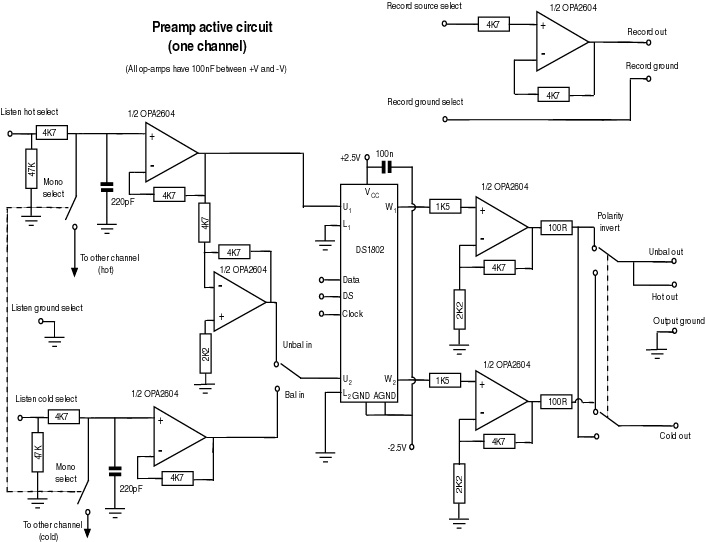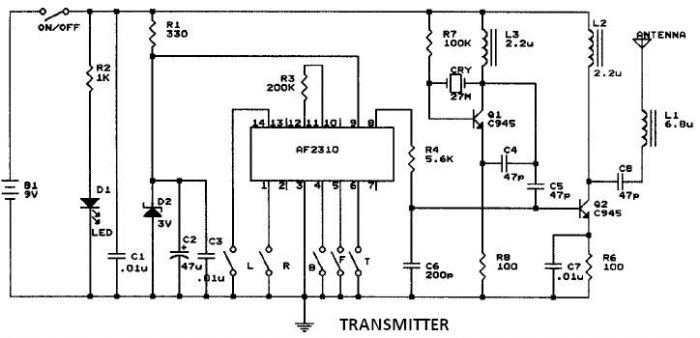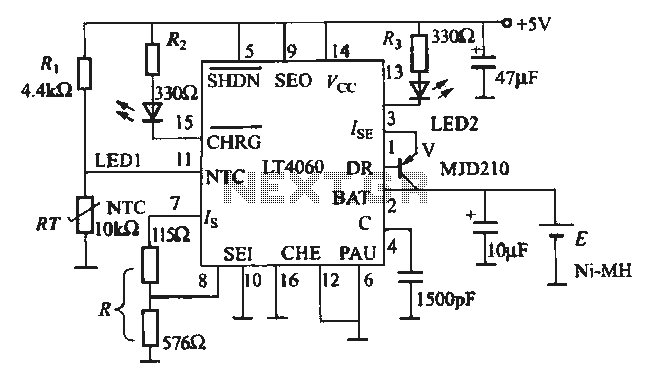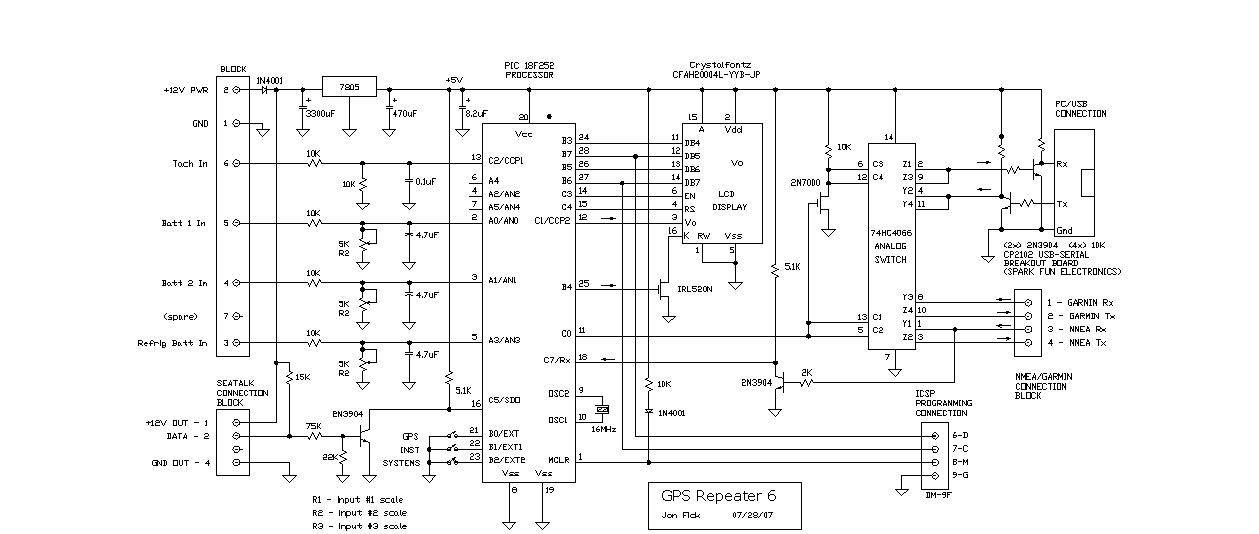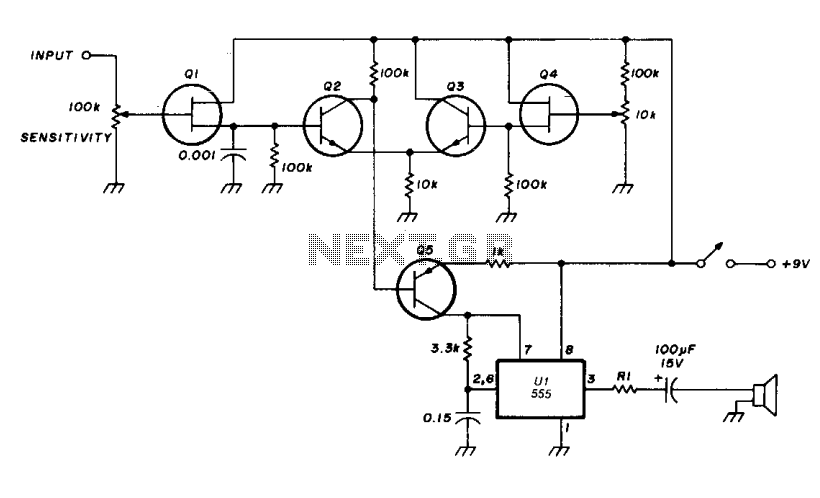
Precision voltage controlled oscillator

The linearity of the input sweep voltage in relation to the output frequency is significantly enhanced by utilizing an operational amplifier.
The utilization of an operational amplifier (op-amp) in electronic circuits is a common practice to improve the linearity of input-output relationships. In this context, the op-amp functions as a key component to ensure that the output frequency is a linear function of the input sweep voltage.
An op-amp can be configured in various ways to achieve this linearity, including inverting, non-inverting, or differential configurations. In applications where precise frequency control is required, the op-amp can be integrated into a feedback loop to stabilize the gain and minimize distortion.
For instance, in a non-inverting configuration, the input voltage is applied to the non-inverting terminal, while the inverting terminal is connected to a resistor network that sets the gain. This configuration allows the output frequency to respond linearly to changes in the input voltage, making it ideal for applications such as signal processing, waveform generation, and frequency modulation.
Additionally, the bandwidth and slew rate of the op-amp are critical parameters that influence the performance of the circuit. A high bandwidth ensures that the op-amp can accurately follow rapid changes in the input voltage, while a high slew rate prevents distortion during fast transitions.
To further enhance linearity, external components such as capacitors and inductors may be included in the circuit design. These components can help filter out noise and stabilize the frequency response, contributing to an overall improvement in the linearity of the system.
In summary, by employing an operational amplifier, the linearity between input sweep voltage and output frequency can be significantly improved, enabling more accurate and reliable electronic circuit performance.The linearity of input sweep voltage versus output frequency is significantly improved by using an op amp.
The utilization of an operational amplifier (op-amp) in electronic circuits is a common practice to improve the linearity of input-output relationships. In this context, the op-amp functions as a key component to ensure that the output frequency is a linear function of the input sweep voltage.
An op-amp can be configured in various ways to achieve this linearity, including inverting, non-inverting, or differential configurations. In applications where precise frequency control is required, the op-amp can be integrated into a feedback loop to stabilize the gain and minimize distortion.
For instance, in a non-inverting configuration, the input voltage is applied to the non-inverting terminal, while the inverting terminal is connected to a resistor network that sets the gain. This configuration allows the output frequency to respond linearly to changes in the input voltage, making it ideal for applications such as signal processing, waveform generation, and frequency modulation.
Additionally, the bandwidth and slew rate of the op-amp are critical parameters that influence the performance of the circuit. A high bandwidth ensures that the op-amp can accurately follow rapid changes in the input voltage, while a high slew rate prevents distortion during fast transitions.
To further enhance linearity, external components such as capacitors and inductors may be included in the circuit design. These components can help filter out noise and stabilize the frequency response, contributing to an overall improvement in the linearity of the system.
In summary, by employing an operational amplifier, the linearity between input sweep voltage and output frequency can be significantly improved, enabling more accurate and reliable electronic circuit performance.The linearity of input sweep voltage versus output frequency is significantly improved by using an op amp.
